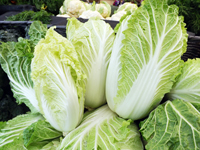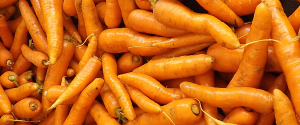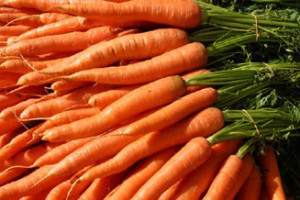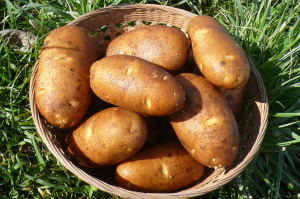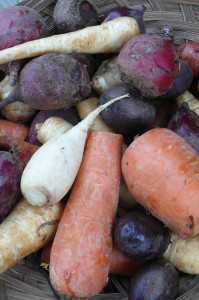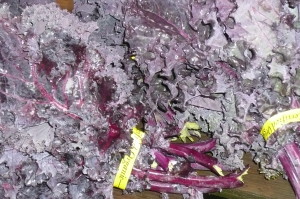2 tablespoons olive oil
1 large onion, diced
4 garlic cloves, minced
1 pound Nash’s ground pork sausage
2 14-ounce cans diced tomatoes in juice
6 cups chicken or vegetable broth
2 cups cooked beans (kidney, pinto, black)
4 teaspoons dried basil, or 1 cup fresh
3 teaspoons oregano
Crushed red pepper, to taste
1/2 cup macaroni
2 cups fresh greens (kale/chard/spinach/arugula/cabbage)
1/3 cup grated romano cheese
Salt and pepper to taste
Optional: grated beets, carrot, and turnips
Heat oil in heavy large pot over medium-high heat. Add onion and garlic and sauté 6 minutes. Add sausage and sauté until brown, breaking up meat with back of fork, about 5 minutes. Add tomatoes with juice, broth, beans, basil, oregano, and dried crushed red pepper. (Optional: add grated beets, carrot, and turnips too!) Simmer 15 minutes to blend flavors, stirring occasionally. Add pasta and cook until tender but still firm to bite, about 15 more minutes. Add greens and cook just until wilted, stirring occasionally, about 4 minutes. Mix in 1/3 cup cheese and more fresh basil, if you have some. Season ragout with salt and pepper; ladle into bowls. Serve, passing additional cheese separately.
Have you tried this recipe? Tell us how it turned out!

 O beautiful, tasty carrot! Nash’s is renowned for our sweet, crisp, flavorful carrots. Enjoy them raw, or try out a few carrot recipes.
O beautiful, tasty carrot! Nash’s is renowned for our sweet, crisp, flavorful carrots. Enjoy them raw, or try out a few carrot recipes.